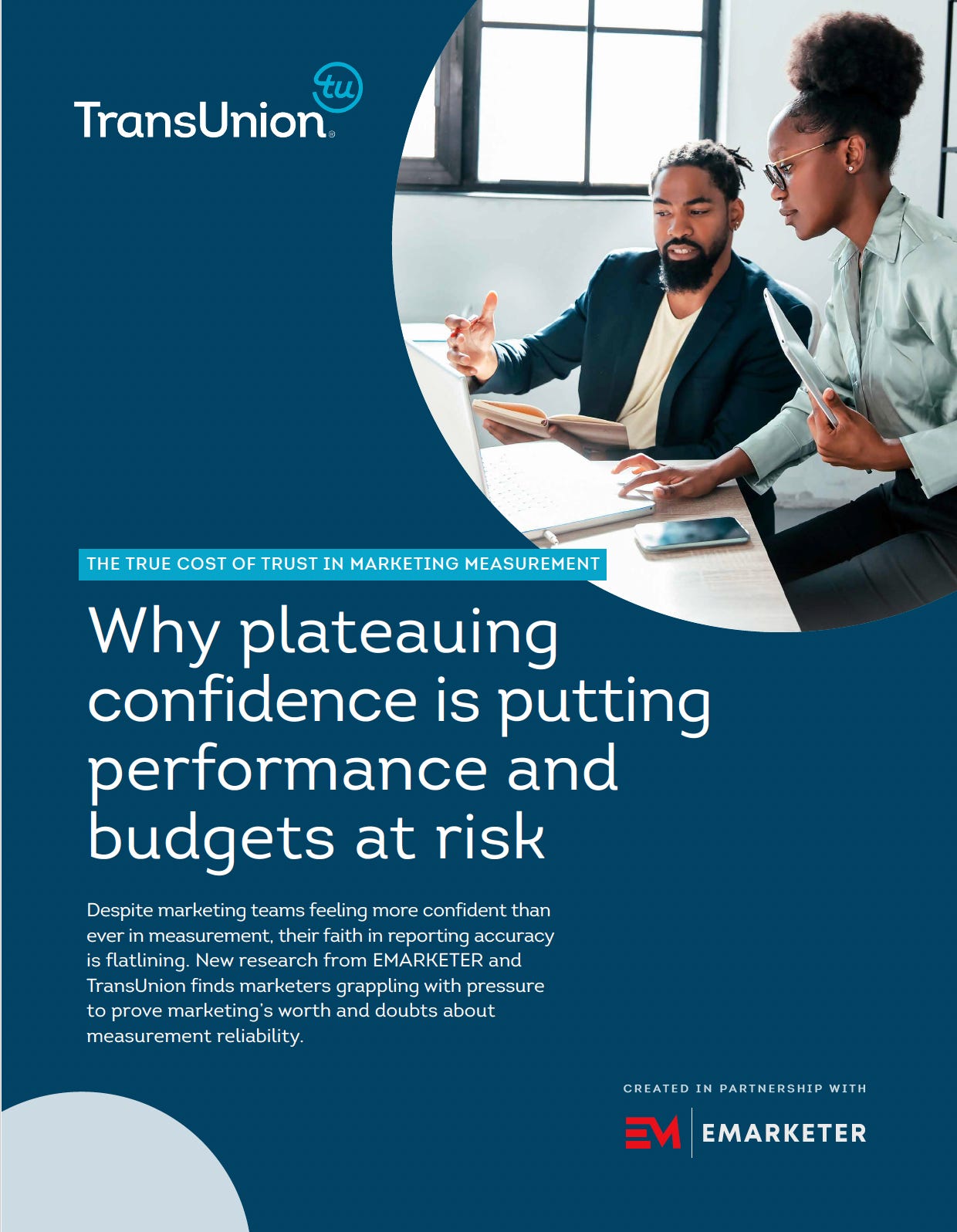The Measurement Paradox
Why marketers’ confidence in their own numbers has flatlined—and what it means for budgets, trust, and the future of the industry
Keep reading with a 7-day free trial
Subscribe to The Media Stack to keep reading this post and get 7 days of free access to the full post archives.



